We’re excited to introduce you to the always interesting and insightful Rebecca Cuevas. We hope you’ll enjoy our conversation with Rebecca below.
Rebecca, appreciate you joining us today. We’d love to go back in time and hear the story of how you came up with the name of your brand?
“Learn and get smarter” is what I used to say to my son when I dropped him off at school every day.
It’s a verbal reminder of WHY we engage in a learning experience to begin with: to change our lives for the better.
My business promotes an attitude shift or mindset change related to the PURPOSE behind engaging in any learning or teaching activity.
Short term, the goal is to learn something specific that we didn’t know before.
As we learn new things day by day, the long term result is that we become smarter… more able to adjust, adapt, and cope with varying conditions and situations in life.
The goal of my business is to promote transformational online learning that changes peoples’ lives for the better, both short and long term, so the name felt right. And it has been a wonderful fit for those I serve and for the ways I support them in helping others develop and grow.

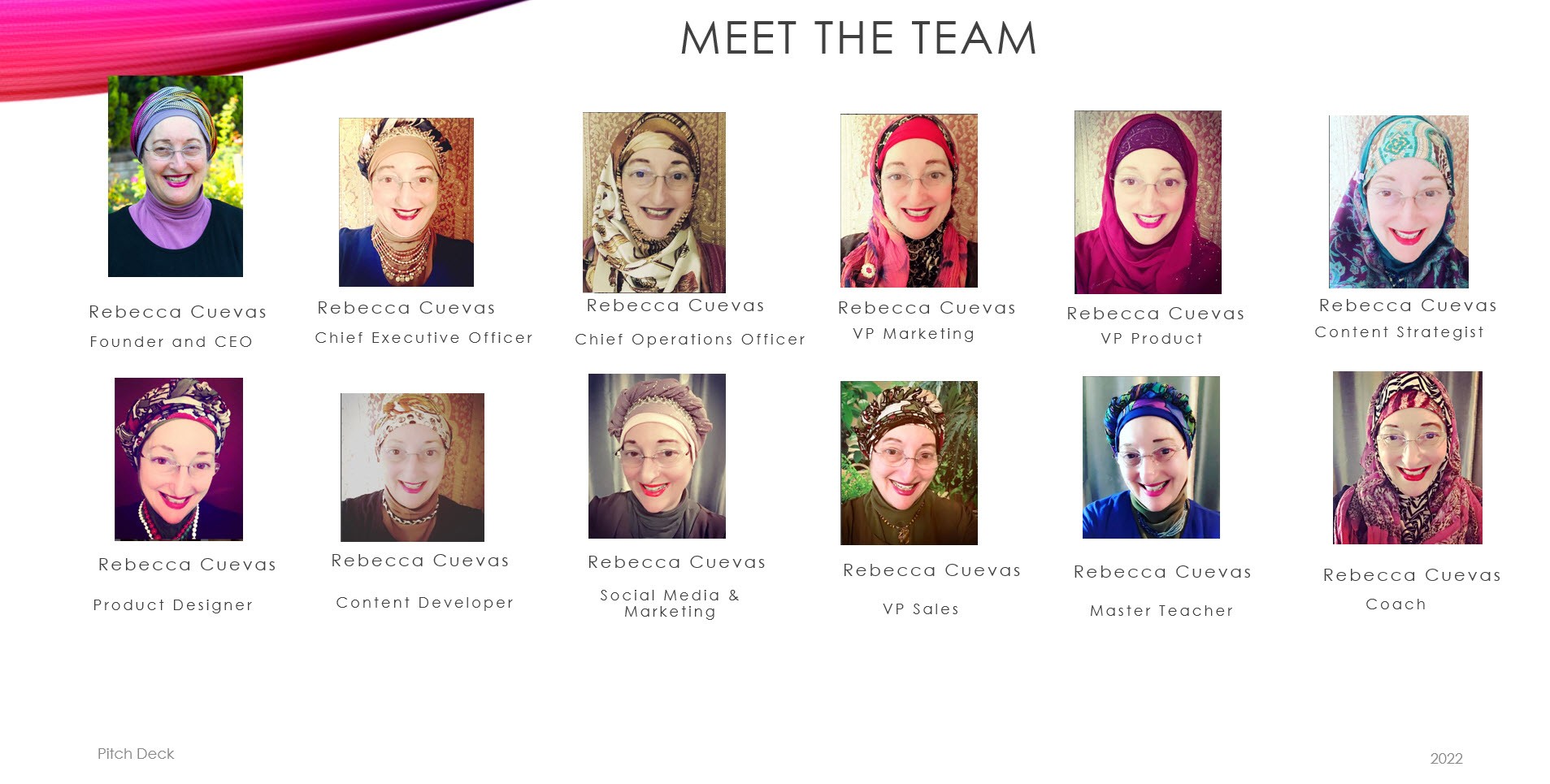
As always, we appreciate you sharing your insights and we’ve got a few more questions for you, but before we get to all of that can you take a minute to introduce yourself and give our readers some of your back background and context?
I am a learning designer: I help people create highly engaging and effective online courses that deliver the transformation they promise.
Lots of people are out there teaching you how to create an online course, so what sets me apart?
Well, most of the people that are teaching you how to have an online course are focusing on marketing… and that’s certainly important, because if you create a course and no one buys it then you don’t have a business. So those are important businesses and I participate and belong to many of them and appreciate them greatly.
However, what they’re doing is different from what I’m doing. My focus is on how to make sure the course you create is a very high-quality product that delivers deep learning. I focus on the learning design needed to develop and deliver a highly effective course.
An online course is different from other kinds of digital information products. Most digital information products are designed to deliver information. But for an online course to work, it has to do much more than just deliver information: it has to actually teach.
Many people creating online courses are just presenting information in a digital format, without understanding how information needs to be presented in order for people to actually learn from it.
What do I mean by “actually learn from it? There are different kinds of learning, depending on the type of outcome we expect the learner to achieve.
I’ve developed a proprietary research-based method of online course design, the Course Design Formula®.
The Course Design Formula® (“CDF” for short) is a framework for Minimum Viable Learning Design. The formula enables you to get ideas out of your head and into your learners’ mind (or hearts, if you’re focusing on providing a mindset change program) in a way that delivers maximum results in minimum time.
Now you might be thinking: “Wait a minute, Rebecca! I can just go to ChatGPT and get a course outline.”
Yes, you can. But you will not get a good course outline. It might look good superficially, in the same sense that you could create a coherent-looking outline for an hour-long lunch-and-learn. But it won’t be optimized to produce real deep learning over time.
Why not?
Because there are many factors that have to be taken into account before you start creating a course and developing a course outline.
It’s not just about exposing people to information…that’s not what teaching is.
Teaching means creating a series of events that leads to lasting behavior change. To do that successfully, especially online, you need a lot of research-based understanding of how people actually learn in different areas of life experience.
Another of the unique things I teach is about creating an hour-glass-shaped teaching alignment that connects:
- your highest purpose — your reason for teaching
• yourself as the teacher being like the neck of an hourglass, and then
• your student body, which is where the sand (the learning) needs to land
Your job as a teacher is to manage the way the sand flows through the narrow neck of the hourglass.
What makes the neck of the hourglass so narrow is the tight constraints of the brain’s working memory.
As humans, we have a very limited ability to:
- take in and process new information in real time
• relate that new information to what we already know, and
• store the newly learned information for future retrieval in our long-term memory banks.
If that long-term memory storage doesn’t happen, no real learning has occurred… we’ve just been exposed to information which has washed over us and then run off like water off a duck’s back.
To teach effectively, you have to understand how to deliver just the right learning in just the right order at just the right pace and at just the right time, so that people can take it in, process it in a way that works for them, and store it in long term memory.
Doing all that takes skill; it takes both teaching skill and instructional design skill.
When you’re teaching live in person, you’re getting ongoing feedback from your audience about what’s landing for them and where they might be lost.
But when you’re teaching online, you need to build in ways to get that feedback so that you are always in touch with what your learners are experiencing.
We hear a lot in the online learning space about how you can “make six figures with online courses and earn passive income to teach while you sleep.” But in order to teach effectively online you have to be very much awake, very conscious of what you are doing in terms of understanding how the learner will experience what you’re presenting, while you are designing the instruction.
Can you literally teach while you sleep? Absolutely! Due to global time zone differences, I do, I have, and I will… and I help others do that too.
But to teach effectively when you’re not there live in real time (i.e., when you’re asleep while your learner on the other side of the globe is awake) requires a very high-level of learning design skill in order to deliver an experience that can stand in for you, without you actually being there — and that’s the piece that people don’t realize is needed.
What makes my program unique is that I help people develop skills that integrate and synthesize learning experience design, instructional design, teaching, and digital product development, using research-based best practices, all focused on delivering the EXACT transformation course creators want to provide for the people they serve.
My clients and customers are highly creative outside-the-box thinkers who are experts and entrepreneurs, who have a lifetime of experience that they want to deliver in the form of an online course, or a whole online academy: a learning-based online business.
I know that nobody else is doing exactly what I’m doing because prospects tell me that they’ve looked all over the internet for exactly what I’m offering, and they haven’t found it.
So how do people find me? The best way is by reading my book, Course Design Formula: How to teach anything to anyone online.
https://www.amazon.com/Course-Design-Formula-Anything-Anyone/dp/1732782318
Reading the book helps them understand the big ideas behind the formula. When they are ready to apply those ideas in depth to their unique content, that’s when they get in touch with me, and I offer a variety of ways to help.
My self-paced streamlined course, Streamlined Course Creation, makes it fast and easy for anyone to create a highly effective and engaging course using the Course Design Formula®, in as little as a few days to a week.
https://members.learnandgetsmarter.com/courses/streamlined-course-creation
The Course Design Formula® Master Course is a cohort-based mastermind that is a community of practice for transformational online teaching. I offer two cohorts a year. We take 14 weeks to learn the Course Design Formula® and apply it one step at a time to YOUR unique content, and then we have an 8-week hands-on practicum/workshop experience where you get to practice teaching your material to the group and get detailed feedback and support. Admission is by private interview with me, only. It’s a high-level exclusive Master Mind program that’s ideal for anyone for whom being able to teach effectively online is central to their business.
https://members.learnandgetsmarter.com/bundles/the-course-design-formula-master-course
Participants are highly creative mission-driven experts who have developed their own unique method, process, product, or service that they want to deliver online and truly become known for as THE go-to authority in their field. Their online course (or whole academy) needs to demonstrate a high level of skill and customization to do justice to the depth, complexity, and creativity of their subject matter. My program participants are what I call “the quiet founders of movements.” You can read about some of their results on the Results page of my website: https://www.learnandgetsmarter.com/results-2/
I also offer private course-design coaching and consulting for individuals and organizations, that is completely customized and tailored to each client’s needs. You can learn how my coaching process works by reading these three blog posts on my website:
https://www.learnandgetsmarter.com/category/course-design-coaching/
I offer a free weekly community meeting on Zoom, every Saturday at 9 AM Pacific 12 noon Eastern, which I started during the pandemic to help us understand and cope with the times we’re living in and how we can survive and thrive with online courses and online business. We’ve been meeting for several years every Saturday except major holidays. We’ve had over 200 people come through the meetings and contribute ideas — it’s a high level think tank that is providing meaning and support to help people get through each week and optimize their teaching and their business development.
https://us02web.zoom.us/meeting/register/vJYrf-mrpz0uHKjZx6bfTzprOOfRx9BMpg#/registration
I’m proud of the community we’ve built and my amazing students and clients and readers and customers. I’m honored and humbled to support them in fulfilling their mission through teaching impactfully online.
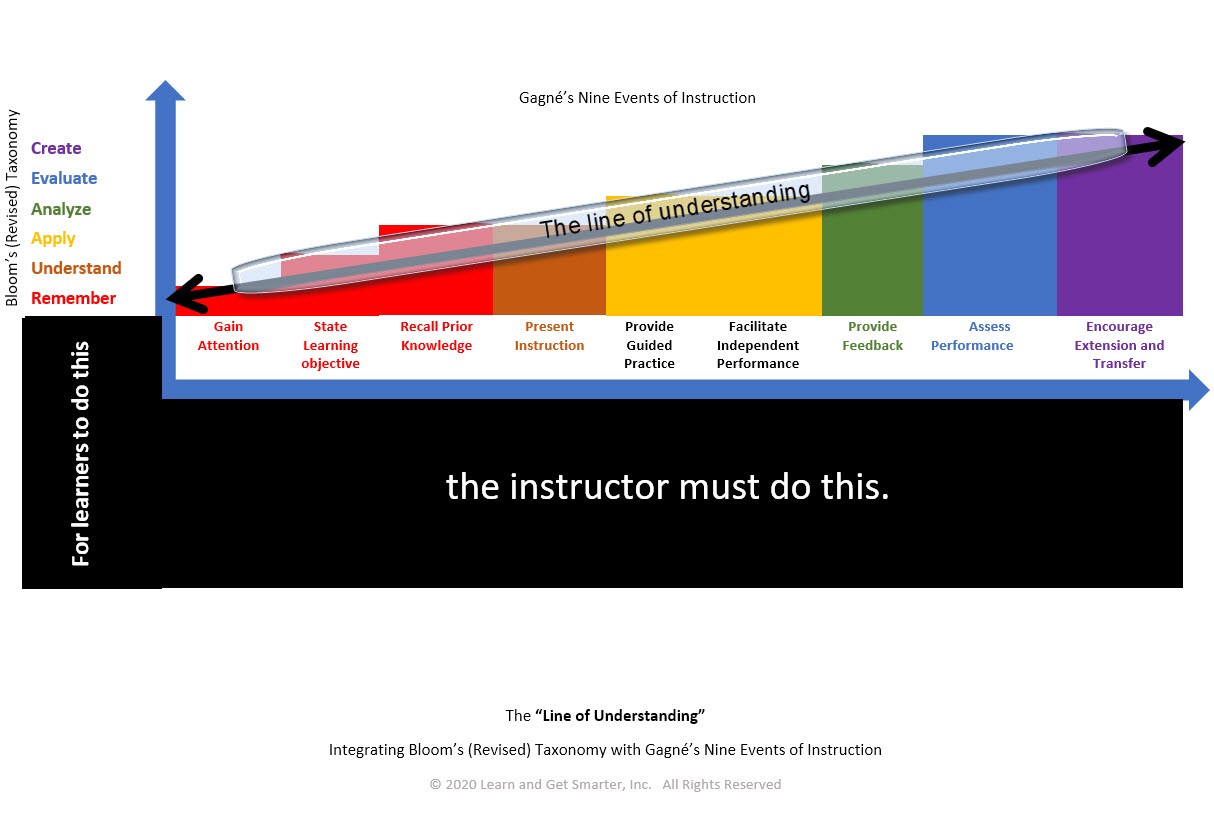
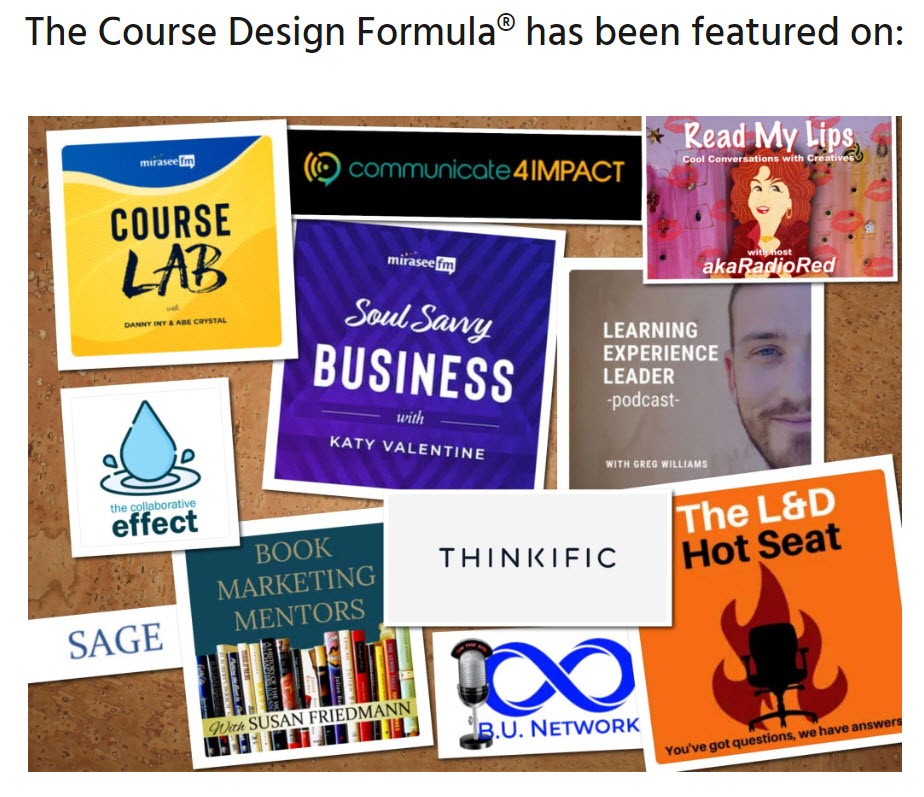
What’s a lesson you had to unlearn and what’s the backstory?
I discovered the hard way that just because learning is beautifully designed to work in a specific context with a specific audience doesn’t mean it’s going to work under different conditions — unless you understand what needs to be adjusted and tweaked for those new conditions.
For example: I had a classroom presentation about electricity that I had delivered in hundreds of classrooms over the course of 10 years. The presentation was continually updated based on real time live feedback from its target audience of fourth graders in our local elementary schools.
The fourth graders loved it, and it was a huge success that was booked two years in advance.
We did an activity on the playground using hula hoops where the whole class got to act out what electrical current is and how it runs. The students had a great time participating in a fun movement activity on their school playground with their friends and classmates.
But when I went to translate this activity to an online context, it completely fell flat.
It simply wasn’t fun and engaging for anyone to sit in a chair and watch other people have fun with THEIR friends. Suddenly something that was the most fun in ONE context, became the least fun in a different context. WHY?
What I discovered was that you can’t just digitize a learning experience that is motivating and engaging in the physical world, throw it up onto the Internet as is, and expect it to be any good.
From the learner’s perspective, watching other people have fun is not the same as having fun yourself.
What I learned is that we need to take the affordances and constraints of the learning situation into account.
Affordances are the things that a situation allows you to do easily and well. A school playground affords you the opportunity to move around physically and play with your personal friends.
Constraints are the things that a situation prevents you from doing easily and well. While sitting and watching a video, you are constrained from running around on a playground with your personal friends.
But a video affords us the opportunity to demonstrate a blast of electricity frying a circuit or creating an explosion. Watching that on a video would create the same level of engagement and excitement as playing on a playground with one’s personal friends.
An electrical explosion would be exciting to watch on a video. However, a live classroom experience does not safely afford you the opportunity to experience an electrical explosion (especially one on a large scale). That is something we definitely want to AVOID in a classroom!
I realized that in order to create an engaging learning experience you have to FIRST ask yourself:
- What is the purpose of this experience?
- What is the learning goal?
- What am I trying to teach?
And then you come up with a way to teach it that works well within the specific context that you have available.
If you want to teach about electrical current, you need to do that differently in an online context than you would on a playground.
The lesson I had to learn was that what I already knew about how to teach this subject on a school playground, turned out to be unhelpful prior knowledge for teaching the same lesson in an online context.
This is a lesson that my customers and clients need to learn as well.
Most people’s first instinct in making an online course is to just make a video based on their existing in-person teaching.
What I discovered was you have to go much deeper –go all the way back to your purpose for what you’re trying to teach — and then figure out a new way to teach it given the affordances and constraints of the new online context.
Understanding this foundational principle for designing online learning saves a lot of time, energy, and disappointment, and allows you to create online learning that really POPS instead of falling flat!


Have you ever had to pivot?
My original plan for teaching online was to take my in-person classroom-based workshops and activities and create online versions of them for use in my then-current job. I thought things in my work would stay the same but would just move online.
But that’s not how things worked out.
In the course of getting my master’s degree I had the opportunity to study overseas for a year on a fellowship. The terms of the fellowship required me to leave my local government job (much as I loved it) and apply for a federal job on my return.
Actually GETTING a federal job was not guaranteed…but I was not worried.
I had many years of experience, after all!
I did not know anything at the time about age discrimination. I had been in my current job since before I was old, and I thought that now that I was even more skilled than before, employers would be waiting to snatch me up.
This assumption turned out to be incorrect.
Age discrimination is a very real thing, as not only myself but many of my students and clients have discovered.
I applied for many of those required federal positions and was found qualified at a very high level (GS-12, 13, 14) … but never got the job. Meanwhile, all my same-age colleagues, peers, and friends who were highly qualified in their fields and applying for new jobs, were experiencing the same thing.
That’s why I decided to create my own business, as a way to share a lifetime of experience and expertise with those who would benefit from learning from me.
Many of my clients and customers are also ready to create a third act of their life filled with meaningful mentoring and guidance for others.
Entrepreneurship is a great avenue for creating a third act for your life — as long as you go into it with eyes wide open. It costs money to create a business, and it requires multiple different kinds of skills, not all of which any one person could possibly have.
One area of challenge I see for many mature beginning entrepreneurs is that of technology.
When I started down this path in 2007, I was not (yet) tech savvy at all. I overcame that by educating myself by completing my master’s program in Instructional Technology. I also pursued private tutoring in writing HTML and CSS, took practical hands-on training at tech and vocational schools (including classes overseas taught in a foreign language where I was the only non-native speaker in the class), and by participating in a digital media arts program at the community college level.
I pivoted from someone focused on teaching in person to someone with the skills and training to teach online and to help others teach online.
I pivoted from being an employee to founding my own business.
Being a solopreneur is an ongoing process of exploration, keeping up with the market, figuring out what you can do yourself and what you need to pay others to help you do.
A good rule of thumb is that everything costs more, takes longer, and is harder to accomplish than you thought it was going to be…so just be prepared for that!
What keeps people going, including myself, is having a driving mission — that top portion of the hourglass teaching alignment that I talked about earlier.
If you know:
WHAT you’re here to do and
WHO you’re here to serve and
WHY that matters and
HOW to make it happen
then you know what gives your life meaning and purpose, which allows you to create a legacy that honors your experience and expertise.
That’s the kind of passion that will fuel your business when things get tough. Things get tough because we are subject to the economy and market forces beyond our control, so pivoting is something we all have to do from time to time.
Anybody who’s reached a stage of maturity has already had to pivot multiple times in life.
One of the most surprising things for me — having focused earlier in my career on child development — is how interesting and complex development in the later stages of life becomes.
We don’t stop growing just because we’re 56, 70, or 85. We can keep learning and growing every minute of our lives…. and I find it very exciting to help my clients and customers develop new skills and make new discoveries, so they can continue to make meaningful contributions and earn a good living no matter their age.
It’s a great honor to be able to do this work. I know that the pivots I’ve had to make are similar to pivots I see my customers and clients making as well. So it’s helpful that I’ve been through it myself so I know what they’re going through, and I can support them better.
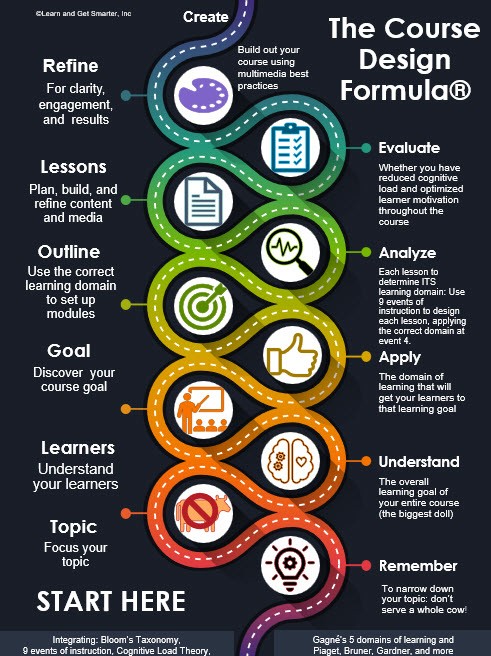
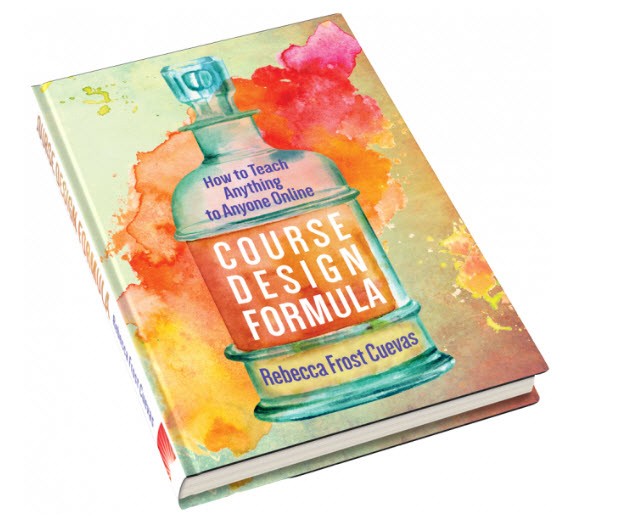
Contact Info:
- Website: https://www.learnandgetsmarter.com/
- Facebook: https://www.facebook.com/learnandgetsmarter
- Linkedin: https://www.linkedin.com/in/rebeccafcuevas/
- Youtube: https://www.youtube.com/@learnandgetsmarter
- Other: To learn more about the Course Design Formula, check out my book: https://www.amazon.com/Course-Design-Formula-Anything-Anyone/dp/1732782318
To learn more about Learn and Get Smarter, check out the media page on my website: https://www.learnandgetsmarter.com/media-kit/
Image Credits
- Author Photo by Virginia Shaffer Fesunoff, @DarkRmPro
- Book cover design by Gus Yoo
- Cover background wash ©jessicahyde via iStock/Getty Images Plus.
- Cover foreground formula bottle ©Plateresca via iStock/Getty Images Plus.
- Virtual office: Credit: sl-f Creative #: 1176303703 License type: Royalty-free Collection: iStock / Getty Images Plus Location: United States Release info: Property released
- PowerPoint Product Roadmaps Infographics Poster template — Used with permission from Microsoft.
- All finished images ©Learn and Get Smarter, Inc.


